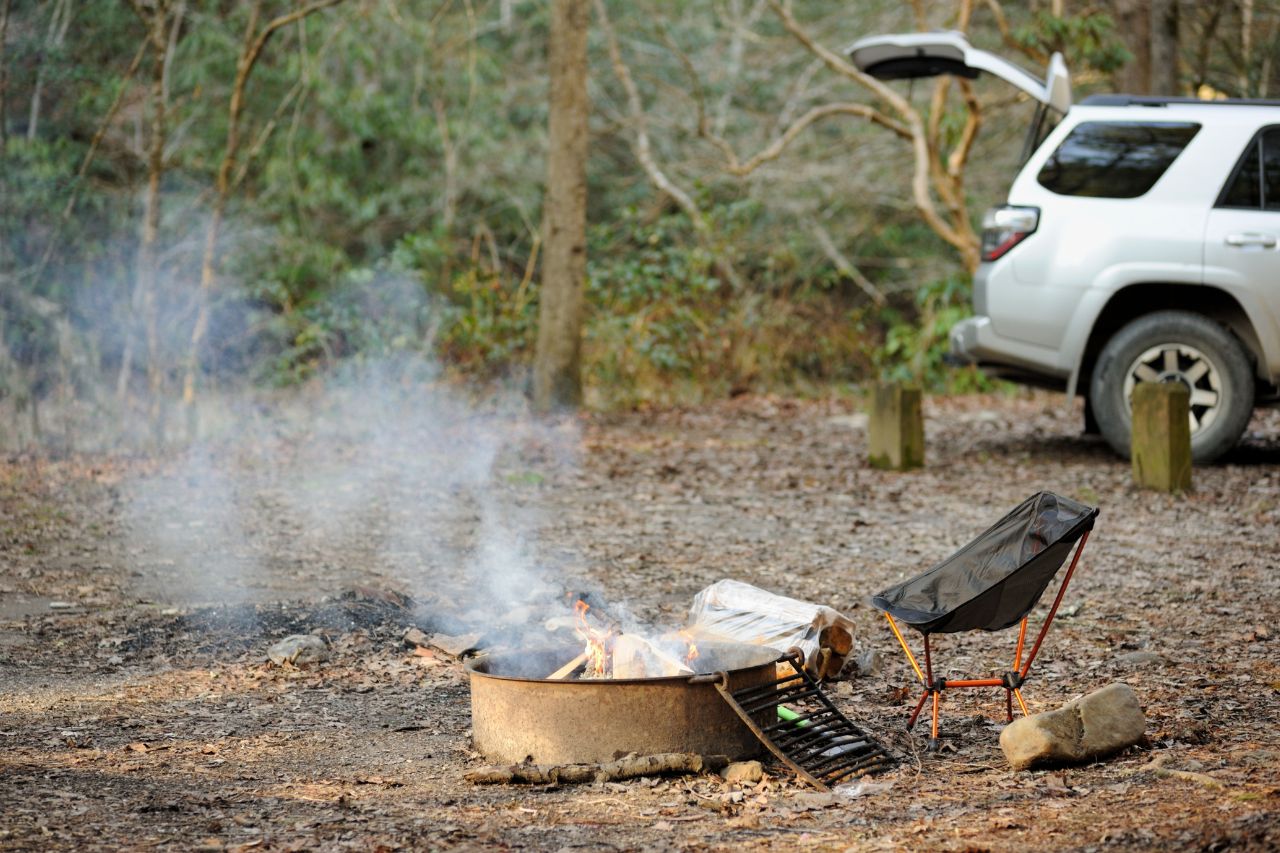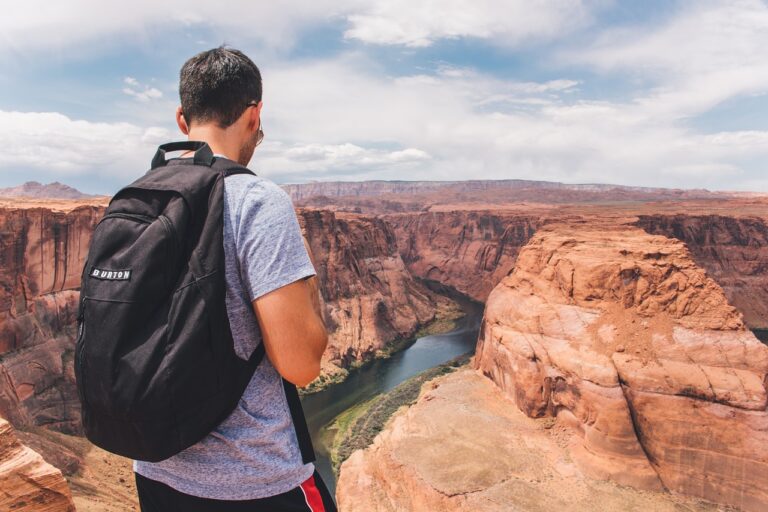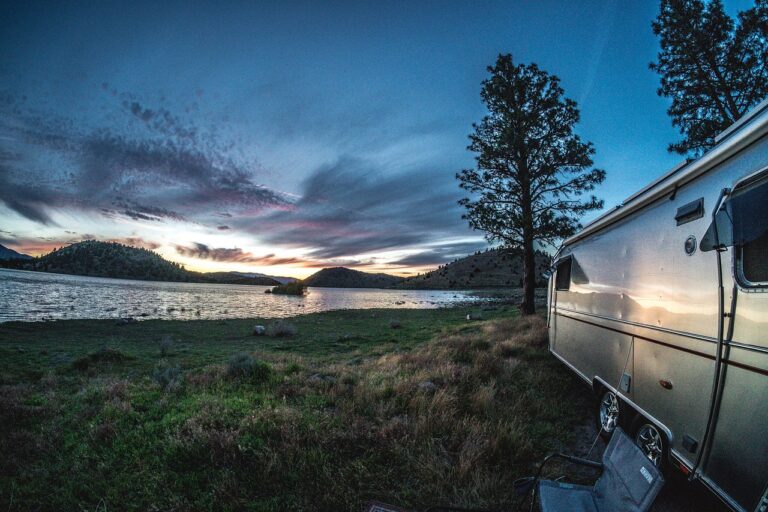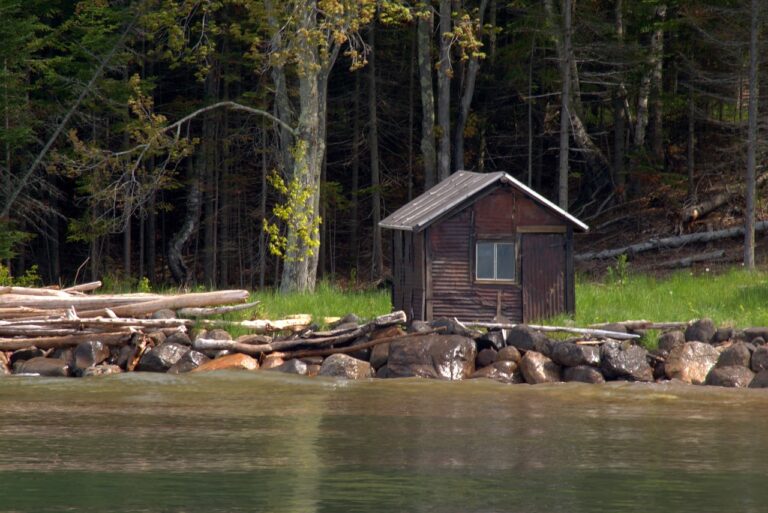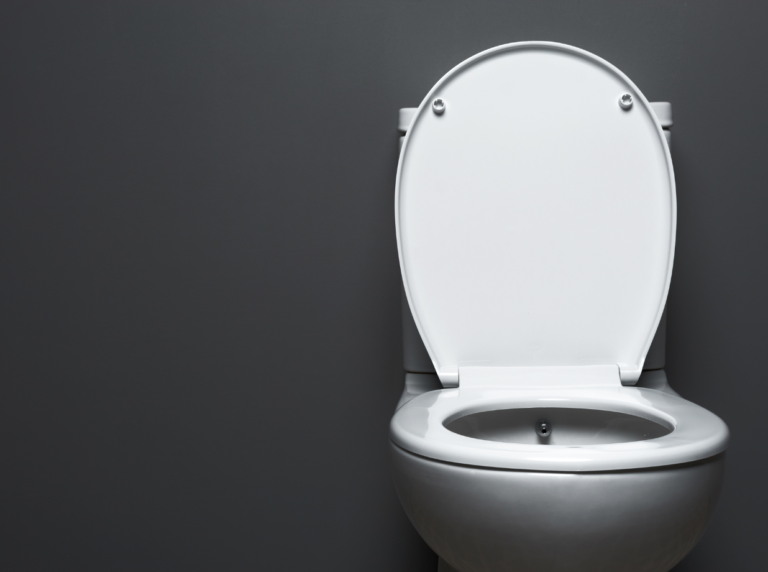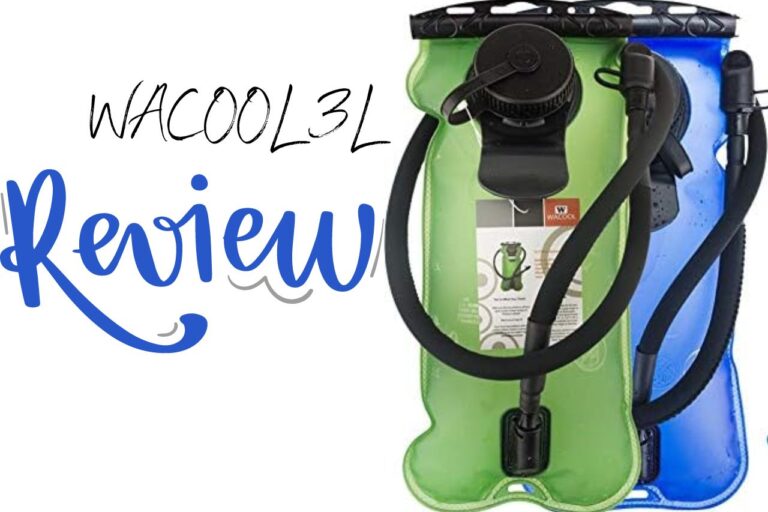Essential Tips for Carrying Water While Overlanding
Overlanding, the exciting adventure of exploring off-the-beaten-path destinations in your vehicle, requires careful navigation and planning. And when it comes to extended journeys, ensuring a sufficient supply of water becomes crucial. In this article, we will uncover some essential tips and practical advice on carrying water while overlanding. From choosing the right containers to maximizing space efficiency, you’ll discover helpful strategies that will keep you hydrated and ready to conquer any terrain. So, grab a refreshing glass of water and let’s dive into these valuable tips together!
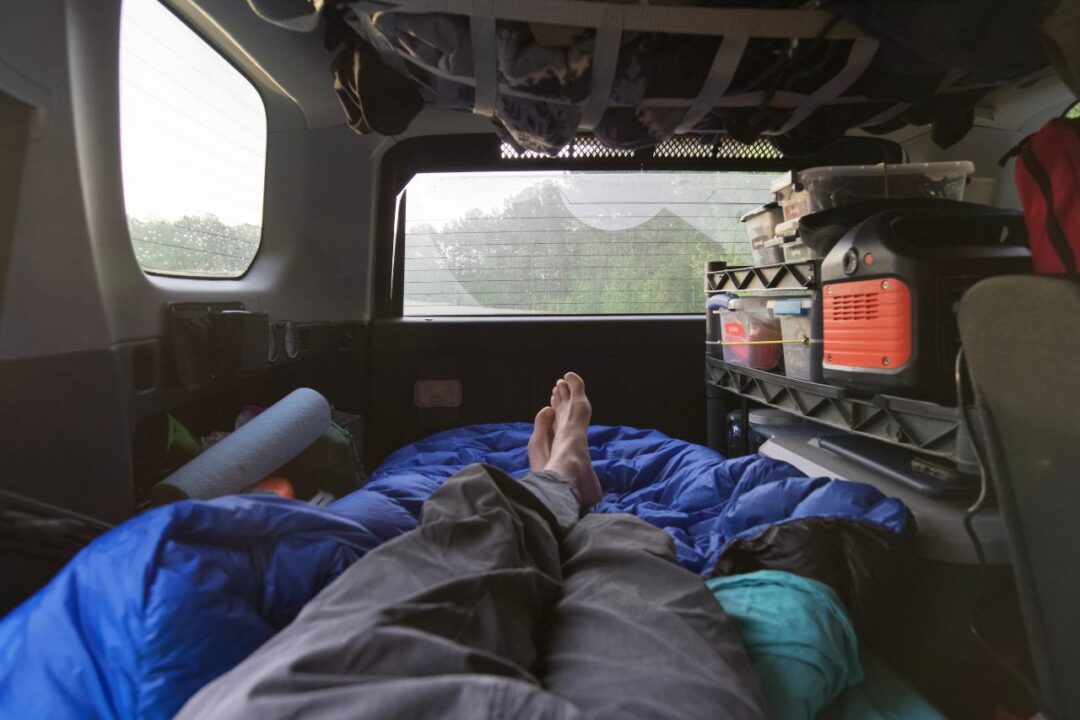
Choosing the Right Water Storage Containers
Consider the Size and Capacity
When it comes to choosing water storage containers for your overlanding adventures, size and capacity are vital considerations. You need to assess the amount of water you will require based on the number of people, the duration of your trip, and the availability of water sources along your route. A smaller group with access to more water sources may require smaller containers, while a larger group embarking on a longer journey may need larger, high-capacity containers.
Look for High-Quality Materials
To ensure the safety and durability of your water storage containers, it is crucial to choose ones made from high-quality materials. Look for containers that are BPA-free and food-grade safe, as these will not contaminate your water with harmful chemicals. Additionally, consider containers that are made of sturdy materials such as high-density polyethylene (HDPE) or stainless steel, which can withstand rough handling and extreme temperatures.
Consider Portability and Space Efficiency
Overlanding requires you to be mindful of space limitations in your vehicle. Therefore, it is important to consider the portability and space efficiency of your water storage containers. Look for containers that are stackable or collapsible, as they can save you valuable space when not in use. Additionally, containers with built-in handles or straps make carrying and transporting water more convenient, especially during off-road adventures.
Water Filtration and Purification Systems
Understand the Importance of Filtration
When carrying water while overlanding, it is essential to prioritize water filtration. Natural water sources may contain various contaminants, including bacteria, viruses, and pollutants. Filtration systems remove these impurities, making the water safe for drinking and cooking. Invest in a reliable water filtration system that effectively eliminates harmful substances while preserving essential minerals for a refreshing and safe water source.
Consider Different Types of Water Purification Systems
There are several types of water purification systems available, each with its advantages and disadvantages. Some commonly used systems include gravity filters, pump filters, UV sterilizers, and chemical treatments. Gravity filters are ideal for their simplicity and portability, while UV sterilizers offer quick and efficient purification. Pump filters are versatile and suitable for larger groups, while chemical treatments are lightweight and convenient. Consider your specific needs and preferences to determine the best water purification system for your overlanding adventures.
Evaluate the Durability and Maintenance Needs
When selecting a water purification system, durability and maintenance requirements are essential factors to consider. Overlanding often involves rough terrain and challenging conditions, so you need a system that can withstand the demands of off-road travel. Look for systems made from durable materials that won’t easily break or malfunction. It is also important to consider the ease of maintenance and availability of replacement parts for your chosen system to ensure long-term reliability and functionality.
Quantity of Water to Carry
Assess the Route and Available Water Sources
Before embarking on your overlanding journey, it is crucial to assess the route and identify the availability of water sources along the way. Research and plan your trip, taking note of potential water refill points such as rivers, lakes, or designated campsites with access to potable water. This information will help you determine how much water you need to carry and when you can take advantage of natural water sources for refills.
Calculate the Daily Water Consumption
To estimate the quantity of water required for your overlanding trip, calculate your daily water consumption. Consider factors like drinking water, cooking, cleaning, and personal hygiene. On average, the recommended daily water intake is around two liters per person, but this can vary depending on factors such as climate, physical activity, and individual needs. Multiply this daily consumption by the number of people in your group and the duration of your trip to determine the total water quantity needed.
Factor in Extra Water for Emergencies
In addition to your daily water consumption, it is crucial to factor in extra water for emergencies. Unforeseen circumstances, such as delays, breakdowns, or unexpected detours, may occur during overlanding. Having a surplus of water ensures you’re prepared for such situations and can stay hydrated until help arrives or you find alternative water sources. It is wise to carry at least a few extra days’ worth of water as a safety precaution.
Determining Water Needs Based on Activities
Consider the Duration and Intensity of Activities
When determining your water needs for overlanding, it is important to consider the duration and intensity of your planned activities. Longer trips or activities that involve vigorous physical exertion, such as hiking or off-road exploring, will increase your water requirements. In hot climates or during summer months, you may also need more water to stay properly hydrated. Assess the nature of your activities and adjust your water quantity accordingly.
Include Cooking and Hygiene Requirements
While overlanding, it’s essential to consider not only drinking water but also water needed for cooking and personal hygiene. Cooking meals and washing dishes require additional water, so be sure to account for these needs when calculating your water requirements. Similarly, maintaining hygiene standards through regular handwashing and showering will necessitate an adequate water supply. By considering these factors, you can ensure you have enough water to meet all your essential needs.
Evaluate Remote Camping and Accessibility to Water Sources
Overlanding often involves remote camping and exploring areas far from civilization. In such situations, accessibility to water sources can be limited. Evaluate your destination and determine the availability of natural water sources nearby. If access to water is scarce, you will need to carry a sufficient quantity of water to sustain yourself for the duration of your stay. Additionally, consider water conservation techniques to avoid running out of water during your remote camping experiences.

Dispensing and Accessing Water
Choose an Appropriate Dispensing Method
When it comes to accessing and dispensing water from your storage containers, it is essential to choose an appropriate method that suits your needs. Options include water spigots, hand pumps, or gravity-fed systems. Water spigots provide convenient access and allow for controlled pouring, while hand pumps offer a manual solution for easy dispensing. Gravity-fed systems are ideal for larger groups and allow water to flow without the need for pumping or manual effort. Consider the size of your group and the ease of use when selecting a dispensing method.
Consider the Need for Accessibility and Convenience
During overlanding trips, accessibility and convenience are key factors to consider when choosing a water dispensing method. Ensure that your chosen method allows for easy access to water, especially in situations where time is of the essence, such as during meal preparation or emergency situations. Opt for dispensing methods that are user-friendly and do not require excessive effort or complicated setups.
Evaluate Different Dispensing Equipment and Accessories
Different dispensing equipment and accessories can enhance the usability and functionality of your water storage system. Consider items such as spigots, hoses, or quick-connect fittings that make it easier to pour or transfer water. Additional accessories, such as water bottle adapters or collapsible buckets, can also prove useful for various purposes during your overlanding adventures. Evaluate your specific needs and explore the available options to select the best dispensing equipment and accessories for your setup.
Preventing Water Contamination
Use Proper Hygiene and Safe Handling Practices
Maintaining proper hygiene and safe handling practices is crucial to prevent water contamination. Always wash your hands thoroughly with soap or use hand sanitizer before handling water containers or dispensing equipment. Avoid touching the inside of water container openings to minimize the risk of introducing contaminants. Encourage everyone in your group to follow these practices to ensure the cleanliness and safety of your water supply.
Store Water in Clean Containers
To prevent water contamination, it is essential to store water in clean and sanitized containers. Before filling your water storage containers, ensure they are thoroughly cleaned using mild soap and water. Rinse them well to remove any residue. If available, use a dedicated brush or sponge for cleaning water containers, separate from those used for utensils or other purposes. Regularly inspect and clean your containers to maintain their hygiene and prevent the growth of bacteria or algae.
Regularly Clean and Disinfect Water Storage Containers
In addition to keeping your water storage containers clean, it is essential to regularly clean and disinfect them. Over time, even with proper hygiene practices, containers can develop a buildup of sediments or bacteria. Follow the manufacturer’s guidelines for cleaning and disinfection, using safe and effective products. Rinse the containers thoroughly after disinfection to remove any traces of chemicals. Regular maintenance and cleaning will ensure the long-term safety and quality of your stored water.
Space Optimization for Water Storage
Utilize Available Vehicle Storage Space
When space is limited during overlanding trips, it’s important to maximize vehicle storage space for water. Utilize available areas, such as the trunk, roof rack, or cargo platforms, to securely store your water containers. Consider investing in storage solutions such as size-specific storage bags or cases that fit neatly into the available space. Utilizing vertical space with stackable containers or using storage systems designed specifically for your vehicle model can also help optimize storage and ensure a secure fit.
Consider Flexible Water Storage Solutions
To accommodate varying amounts of water based on your trip length or available refill points, consider flexible water storage solutions. Flexible water bladders or collapsible containers are ideal for optimizing space while allowing you to carry more water when needed. These containers can easily be rolled or folded when empty, occupying minimal space. Choose durable and puncture-resistant options to ensure the longevity of your water storage solution.
Maximize Storage Efficiency with Collapsible Containers
Collapsible water containers offer an efficient solution for maximizing storage space during overlanding trips. These containers can be collapsed and stored flat when not in use, significantly reducing their size. Opt for containers with integrated handles or straps for easy carrying when filled with water. Collapsible containers are lightweight and versatile, making them an excellent choice for maximizing storage efficiency without compromising on water capacity.
Securing Water Storage Containers
Prevent Water Container Movement and Damage
Securing your water storage containers is crucial to prevent movement and potential damage during off-road adventures. Use reliable tie-down straps or bungee cords to secure containers to vehicle mounts, roof racks, or cargo platforms. Ensure that the containers are well-balanced and not at risk of shifting or falling during rough terrain. Additionally, consider utilizing non-slip mats or liners to prevent movement and minimize the risk of damage inside your vehicle.
Ensure Secure Placement and Fastening
When securing water storage containers, ensure they are placed in a stable and secure location in your vehicle. Choose areas that have minimal movement and are less likely to be damaged by external factors. Use appropriate fasteners and attachments to lock the containers in place, ensuring their stability even during bumpy rides or sudden stops. Regularly check the fastenings and re-adjust if necessary to maintain the security of your water storage containers.
Consider Vehicle-specific Mounting Options
Depending on your vehicle model and design, there may be specific mounting options available to secure water storage containers. Explore vehicle-specific accessories, such as roof rack attachments, cargo platforms, or bed-mounting systems, that can securely hold your water containers. These solutions are often tailored to fit your vehicle perfectly, ensuring a stable and safe setup for carrying water while overlanding.

Protocols for Water Refill
Identify Reliable Water Refill Points
When overlanding, identifying reliable water refill points is essential for a continuous water supply. Research and plan your route to identify sources of potable water, such as designated campsites, public facilities, or natural water bodies that allow safe refilling. Consider mapping out refill points along your journey, marking their availability, distance from each other, and any specific requirements or regulations associated with refill locations.
Explore Alternative Water Sources
While designated refill points are convenient, it’s also important to be prepared for situations where these sources may not be available. Explore alternative water sources, such as water treatment facilities, public toilets, or establishments that offer water refills for a fee. Some campgrounds or RV parks may also provide water fill-up services. By having a backup plan and considering alternative water sources, you can ensure you won’t run out of water during your overlanding adventures.
Follow Proper Refill Protocols and Regulations
When refilling your water containers, it is essential to follow proper protocols and adhere to regulations to ensure a safe and responsible water supply. Observe any rules or guidelines set by refill locations, such as time restrictions or quantity limits. Practice good hygiene while refilling, using clean containers and avoiding any cross-contamination. Respect the environment and local regulations to preserve water sources for future use by yourself and other overlanders.
Emergency Water Storage and Backup Plans
Prepare for Unexpected Situations
Overlanding is full of unexpected situations, and it is essential to be prepared for emergencies, including water shortages. Pack emergency supplies, such as water purification tablets or filters, as a backup plan in case natural water sources become inaccessible or contaminated. Additionally, carry water bottles or collapsible containers that can be filled in advance and used during emergencies when the availability of water becomes uncertain.
Consider Emergency Water Storage Solutions
In situations where immediate access to water becomes critical, consider emergency water storage solutions. Water storage bladders or containers designed specifically for emergency purposes can hold a significant amount of water and are often durable and easy to transport. These solutions provide peace of mind, knowing that you have a backup water supply when unexpected circumstances arise.
Develop a Backup Plan for Water Shortages
Despite careful planning, water shortages can still occur during overlanding trips. Developing a backup plan for water shortages is essential. This may involve carrying additional water containers, rationing water consumption, or seeking alternative water sources, such as natural springs or rivers. Familiarize yourself with water conservation practices and educate your travel companions on the importance of responsible water usage during emergencies.
By considering the various aspects of water storage, filtration, accessibility, and emergency planning, you can ensure a safe and plentiful water supply during your overlanding adventures. Prioritize the selection of high-quality containers, filtration systems, and dispensing equipment while adhering to hygiene practices. Evaluate your specific needs, calculate water requirements, and plan for potential emergencies to make the most of your overlanding experience. With these considerations in mind, you can enjoy your journey while staying hydrated, healthy, and prepared for any situation that comes your way.

